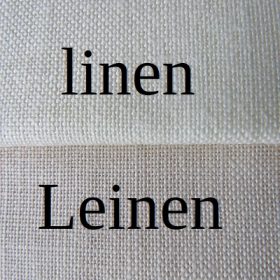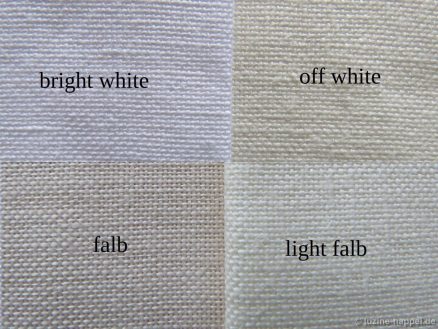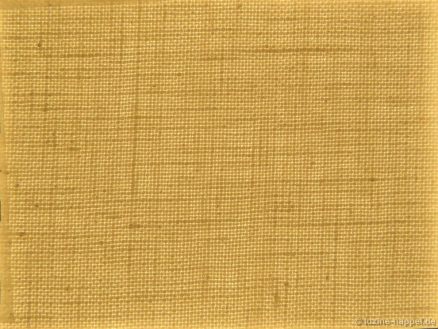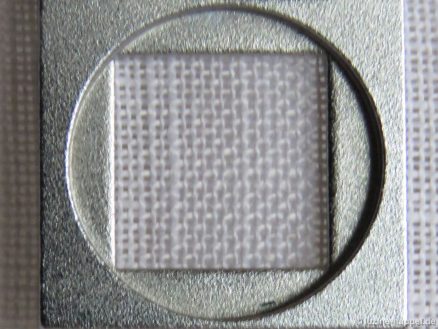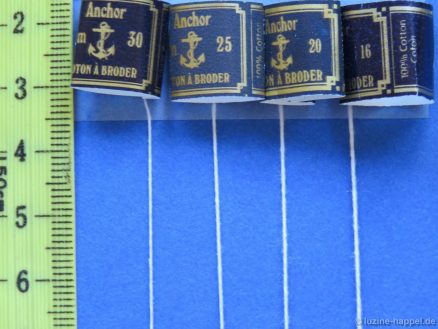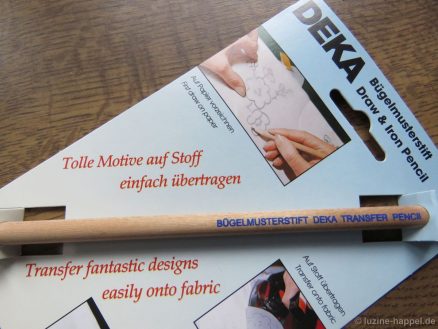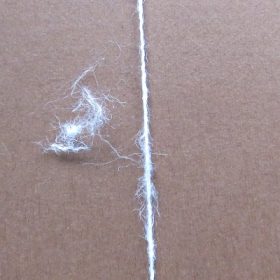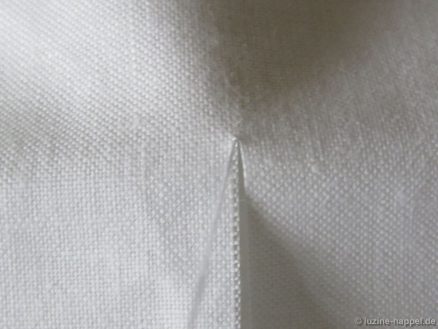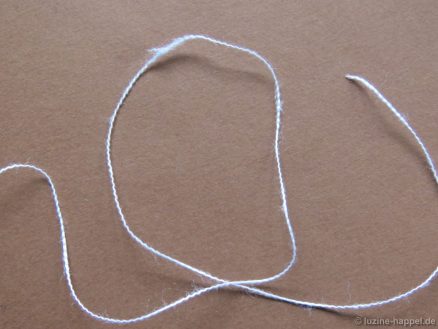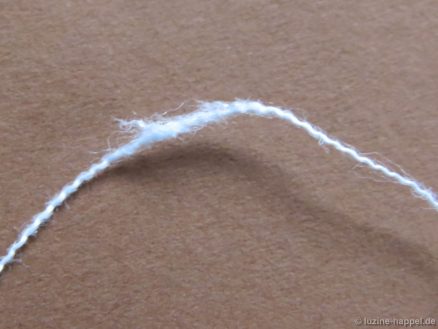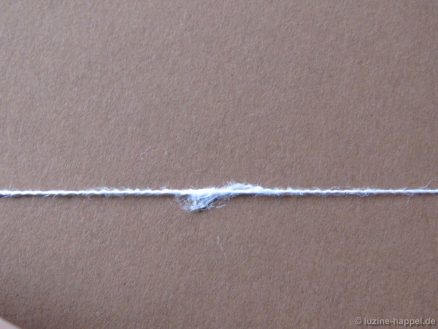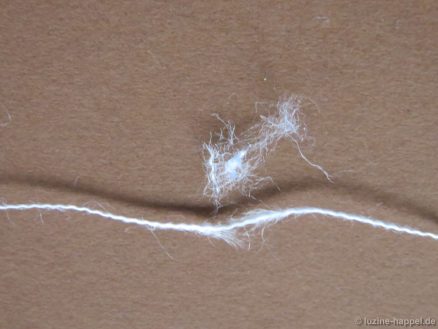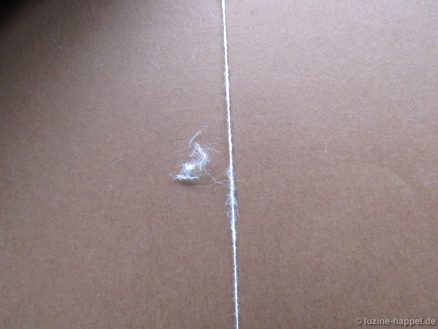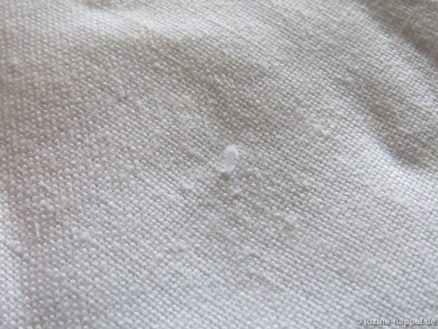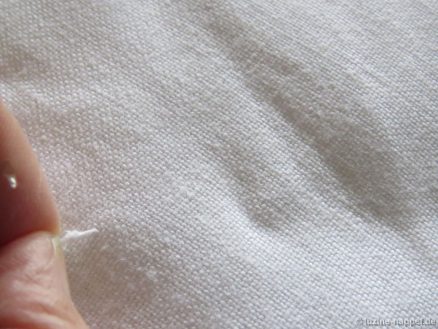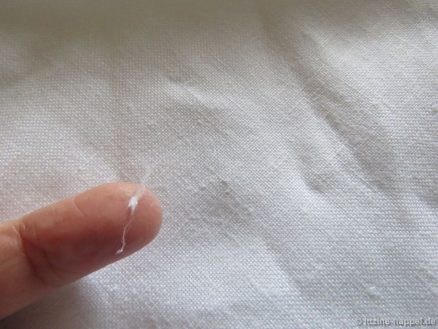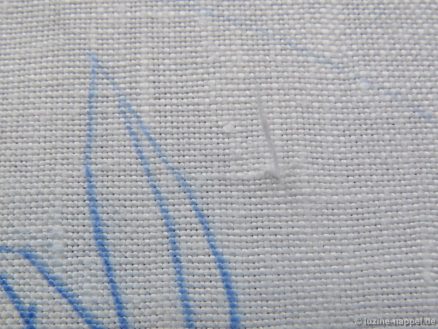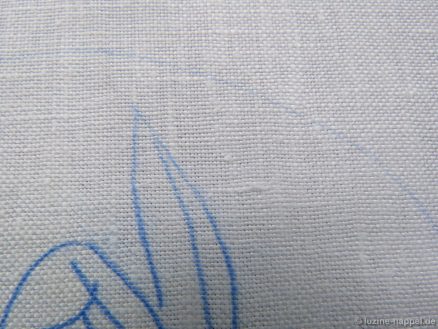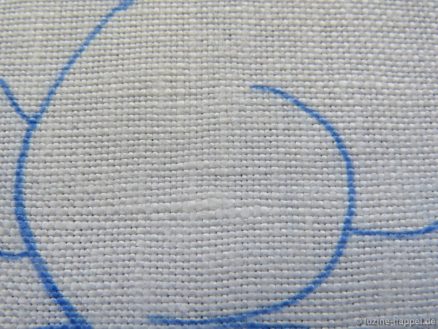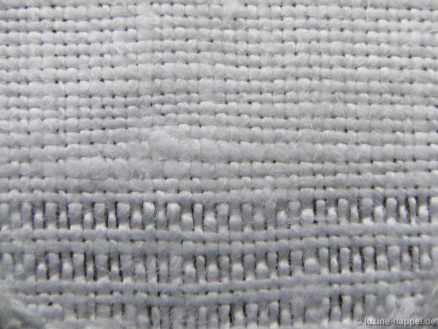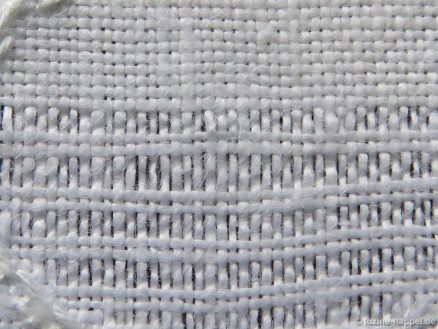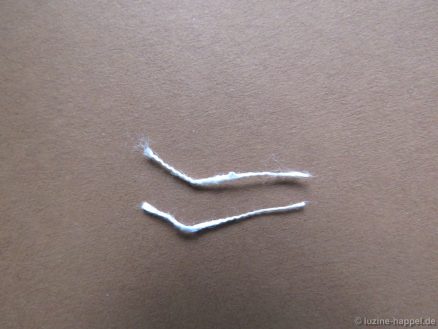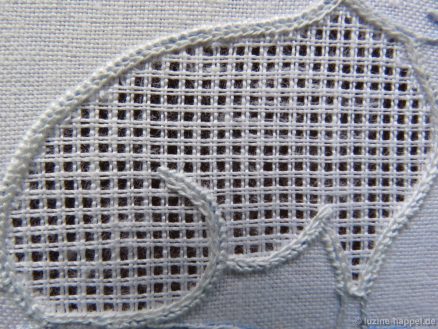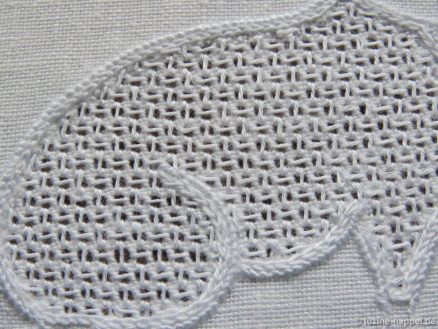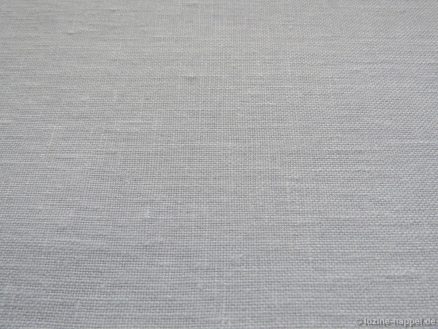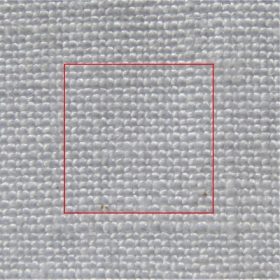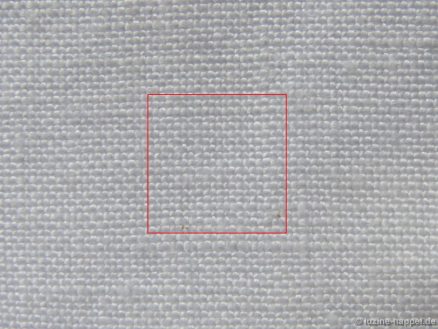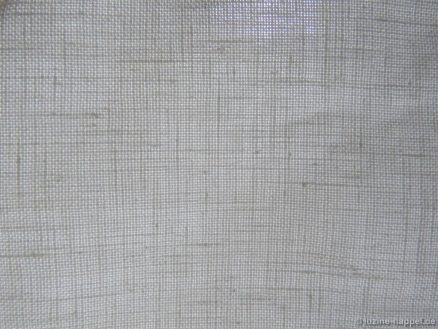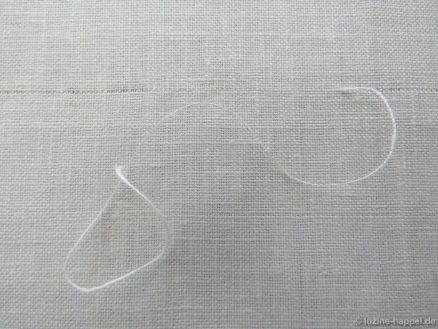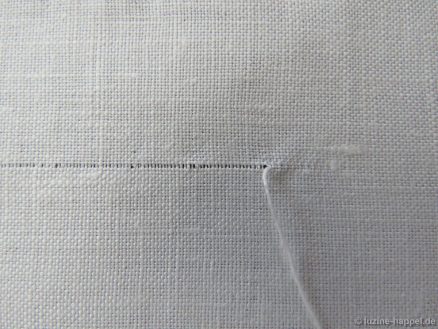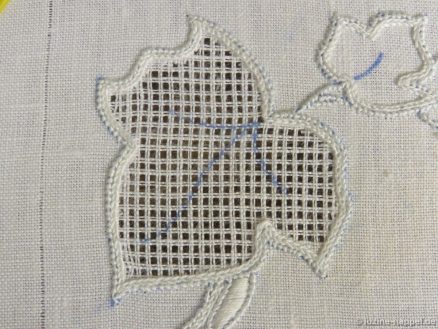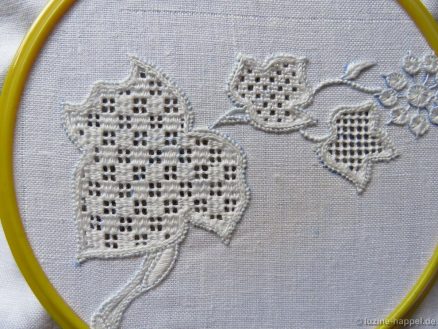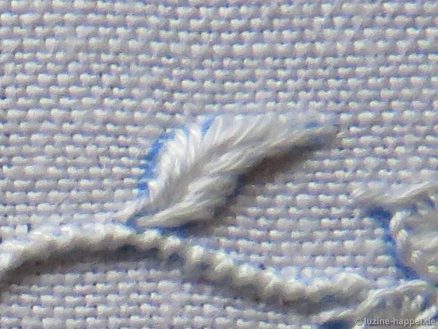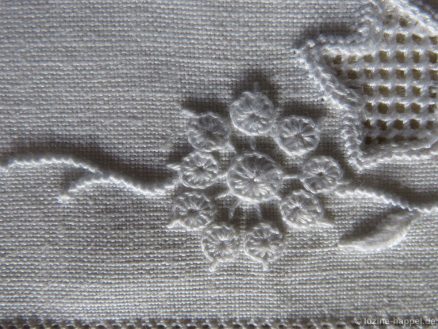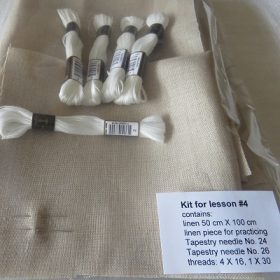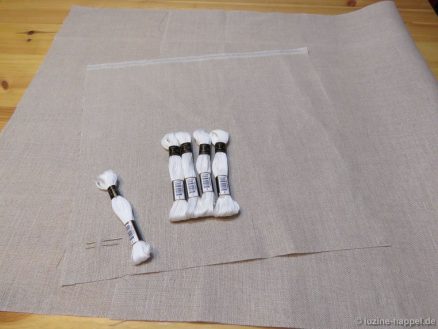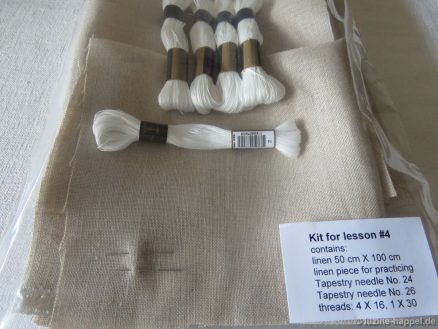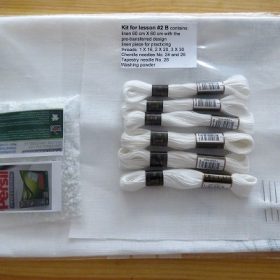So that my customers can easily get the right material for Schwalm whitework, I have decided to offer for sale Weddigen linen, Anchor threads, and DEKA iron transfer pencils.
Producing high-quality linen becomes more and more difficult nowadays. Many widely known linen mills in Europe suspended their productions in the last years. I do not know how long the Weddigen linen mill will still weave. Weddigen produces the best linen suitable for Schwalm whitework. So I decided to store some rolls in different qualities. Some articles are only available in small quantities, so it is advisable to stock up on this wonderful linen before it is too late.
I offer four linen qualities in different widths and sometimes in different colours.
Here is an overview:
#160 (this is the linen I recommend for beginners)
13.5 threads per cm
34.29 threads per inch
width in meters: 1.85
net price/meter EUR (customers outside the EU pay net price only): 34
gross price/meter EUR (customers inside the EU pay 19% VAT on the net price): 40.46
#925 (this is the most common linen for Schwalm whitework, called Alba Maxima in the United States)
16 threads per cm
40.64 threads per inch
width in meters: 2.30
Please see also my article about testing this linen #925, width 2.30m.
net price/meter EUR (customers outside the EU pay net price only): 42.60
gross price/meter EUR (customers inside the EU pay 19% VAT on the net price): 50.69
width in meters: 1.85
net price/meter EUR (customers outside the EU pay net price only): 34.40
gross price/meter EUR (customers inside the EU pay 19% VAT on the net price): 40.94
width in meters: 1.40
net price/meter EUR (customers outside the EU pay net price only): 28.40
gross price/meter EUR (customers inside the EU pay 19% VAT on the net price): 33.80
#180 (this is a very fine pure warp linen)
20 threads per cm
50.8 threads per inch
width in meters: 1.85
Please see also my article about linen #180.
net price/meter EUR (customers outside the EU pay net price only): 43
gross price/meter EUR (customers inside the EU pay 19% VAT on the net price): 51.17
#121 (this has an open texture appearance and is especially good for shadow work or, in Schwalm whitework, christening robes or curtains)
20 threads per cm
50.8 threads per inch
width in meters: 1.85
net price/meter EUR (customers outside the EU pay net price only): 32
gross price/meter EUR (customers inside the EU pay 19% VAT on the net price): 38.08
Pictures for viewing the structure and counting the threads, and specifications such as special cuts, weight, and shipping prices are found in this document: Weddigen Linen_ English.
To round off my service, I also offer Anchor coton à broder threads colour 02 (off white) Nos. 16, 20, 25, and 30.
net price/skein EUR (customers outside the EU pay net price only): 1.98
gross price/skein EUR (customers inside the EU pay 19% VAT on the net price): 2.36
and DEKA iron transfer pencils
net price/pencil EUR (customers outside the EU pay net price only): 3.36
gross price/pencil EUR (customers inside the EU pay 19% VAT on the net price): 4.00
Unfortunately, I cannot incorporate all these options in my online shop, so please email (leuchtbergverlag@aol.com) me with your request.
